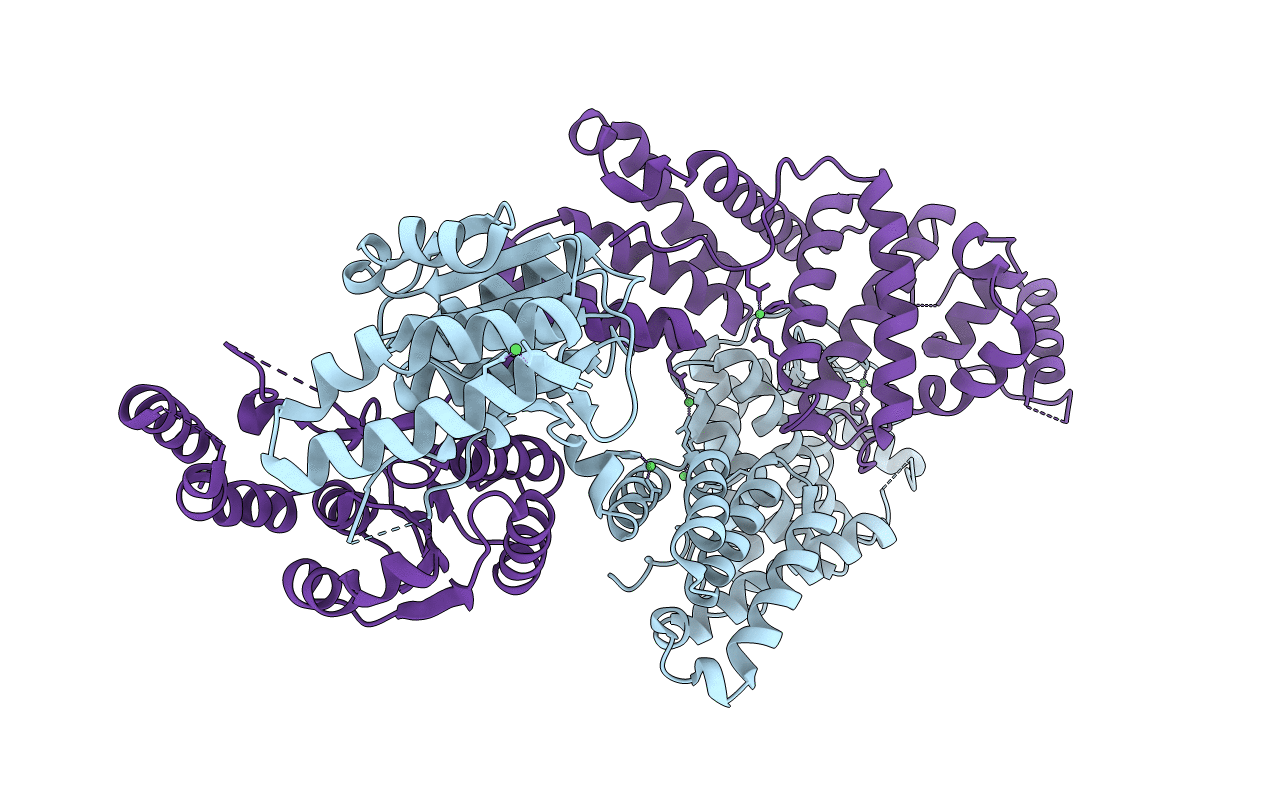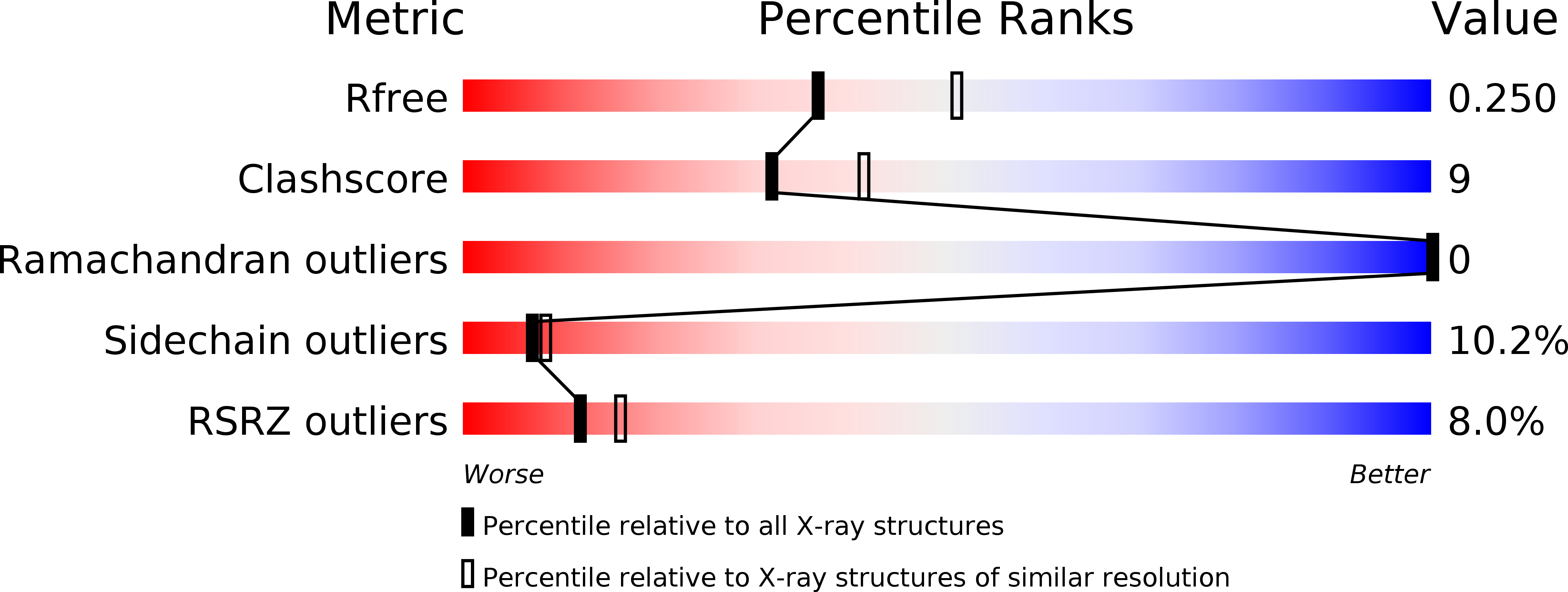
Deposition Date
2016-01-06
Release Date
2016-01-27
Last Version Date
2024-05-08
Entry Detail
Biological Source:
Source Organism:
THERMUS THERMOPHILUS (Taxon ID: 300852)
Host Organism:
Method Details:
Experimental Method:
Resolution:
2.30 Å
R-Value Free:
0.24
R-Value Work:
0.21
R-Value Observed:
0.22
Space Group:
P 21 21 2


